Like any communication, a great rule of thumb is to keep it simple. A great pitch deck is a simple pitch deck. It does not need to be 45 pages of convoluted content. The presentation slides should be clean, preferably without fancy diagrams and charts. Less is more. Use graphics sparingly and don’t get too creative.
A presentation that is too busy with fancy Powerpoint hacks and graphic gimmicks can end up looking cheesy and, therefore, detract from the story you want to tell. Only use graphics that are relevant to your business and the story. A simple graph showing the direction of the market will suffice. For example, the AirBnB funding deck was just words. It was simple, but compelling.
On the other hand, if the presentation contains too many words, people will get distracted and try to read the deck while you give your presentation. You want investors to be focused on you, not the presentation when you meet with them.



